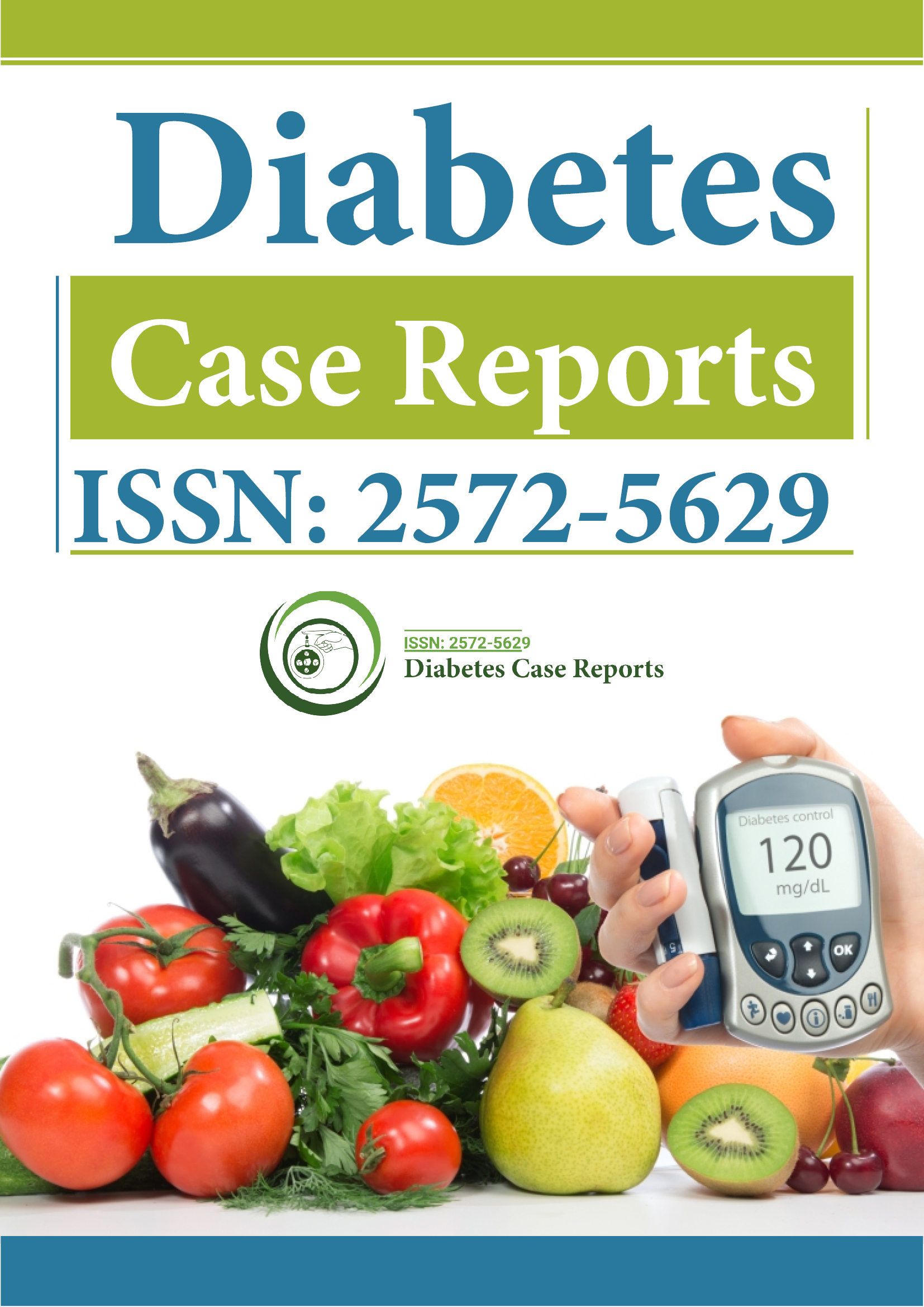Indexed In
- RefSeek
- Hamdard University
- EBSCO A-Z
- Euro Pub
- Google Scholar
Useful Links
Share This Page
Journal Flyer

Open Access Journals
- Agri and Aquaculture
- Biochemistry
- Bioinformatics & Systems Biology
- Business & Management
- Chemistry
- Clinical Sciences
- Engineering
- Food & Nutrition
- General Science
- Genetics & Molecular Biology
- Immunology & Microbiology
- Medical Sciences
- Neuroscience & Psychology
- Nursing & Health Care
- Pharmaceutical Sciences
Abstract
Effect of Phyllantus amarus Leaf Extract on the Kidney of Alloxan-Induced Diabetic Wistar Albino Rats
Qudus Adebayo Adetoro*, Oluwaseun Oluwo, Tosin Oluwatoyin Obadina and Afusat Omobola Ojeniyi
Background: Some plants are toxic, but not all plants or compounds are equally toxic to all parts of a living system. This is because many chemicals' harmful effects only appear in specific organs, which are their intended targets for toxicity. The study aims to evaluate how an ethanolic leaf extract of Phyllantus amarus affects the kidneys of alloxan-induced diabetic albino rats.
Methods: A total of 25 albino rats of either sex weighing 86-150 g were assembled and divided into five groups (control, 1, 2, 3, and 4) of five rats each. The control group received no treatment and no induction with diabetes; group 1 received P. amarus treatment without induction; group 2 received P. amarus treatment and was induced with diabetes on the eighth day of treatment; and groups 3 and 4 were induced with diabetes and received P. amarus treatment. For 21 days, rats in groups 1, 2, and 3 received 300 mg/kg body weight of P. amarus leaf extract orally, while group 4 received 500 mg/kg body weight of the extract, and the control group received only water. For biochemical parameters, blood samples were collected in plain containers. Standard methods were used to measure urea, creatinine, albumin, and protein levels.
Results: When compared to the control, there was a significant increase in the mean urea level in the groups that received 300 mg/kg body weight of P. amarus (4.170 ± 23 vs. 5.770 ± 55, 6.000 ± 12, and 5.900 ± 60; P>0.05). However, there was no significant difference in creatinine, albumin, or protein levels in alloxan-induced rats compared to the control group for any of the groups. Again, there was no significant increase in the mean weight of the rats after the administration of P. amarus.
Conclusions: Therefore, caution should be exercised when consuming P. amarus because prolonged use may result in changes in urea concentration.
Published Date: 2025-01-24; Received Date: 2023-07-11
